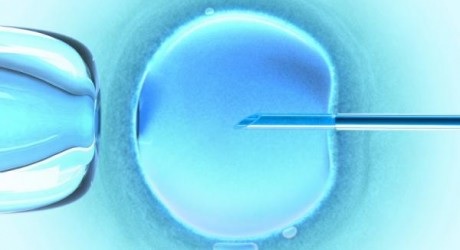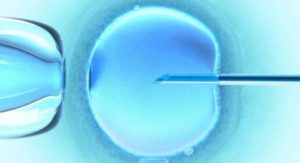
December 24, 2012
Cells in the fetal Amnion membrane, which make up part of the amniotic sac, and protects the fetus throughout the pregnancy period, may be a new source for human eggs Technion researchers from the Bruce and Ruth Rappaport Faculty of Medicine found that cells in the fetal Amnion membrane may be a source of human eggs, according to dissertation of doctoral student Ayelet Evron mentored by the Dean of the Faculty, Professor Eliezer Shalev.
Amnion membranes constitute a part of the inner layer of the amniotic sac, which protects the fetus throughout the pregnancy period. Typically, upon being ruptured during the birth, directly after birth both the expelled placenta and membranes get thrown out.
Amnion membrane cells develop at the very early stages of the life of the fetus (on the eighth day after fertilization) and are known to maintain the plasticity of embryonic cells prior to cellular differentiation. These cells have the potential of joining any one of the cell groups that later develop into different tissues in the body. To date, the capability of Amnion membrane cells to differentiate into germ cells with specific gene markers that develop into human eggs, has never been documented.
The research work was undertaken in collaboration with Dr. Shlomit Goldman at the research laboratory of Women’s Division of Gynecology and Obstetrics in the Emek Medical Center (in Afula). It uncovered for the first time that when growing hamnion membrane cells on growth medium also used in IVF (in vitro fertilization), these cells display specific signs of gene expression like those of germ cells, which develop into human eggs, at both the gene and protein levels, as well as in appearance (resembling large round cells that resemble eggs). Later, the cells express markers that mimic the
characteristic of markers in human egg development, which enable division reduction upon entry (division that is essential in human egg development), and remain in this state.
Researchers still face a major challenge – for these cells to be used in substitute of human eggs, they need to properly complete the reduction process upon entry. Only after finding a solution to this problem it will be possible to check whether or not Amnion membrane cells may be used as a new source for human eggs that would be suitable for women who cannot produce them on their own.


